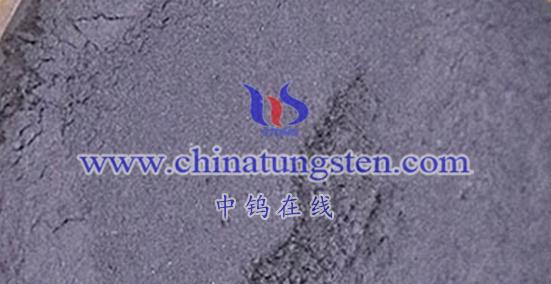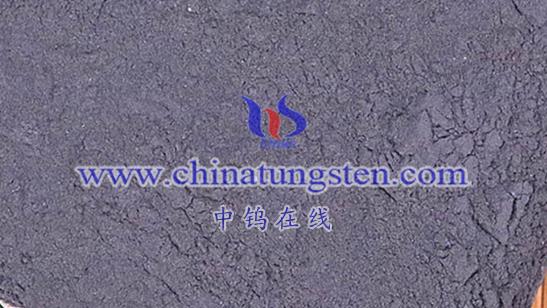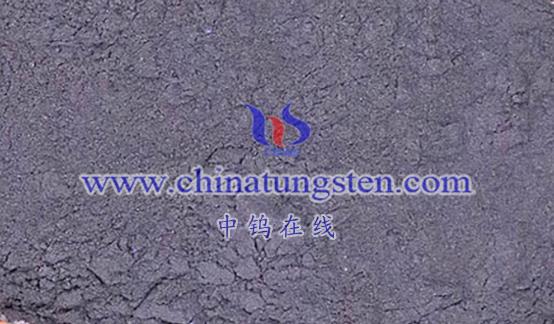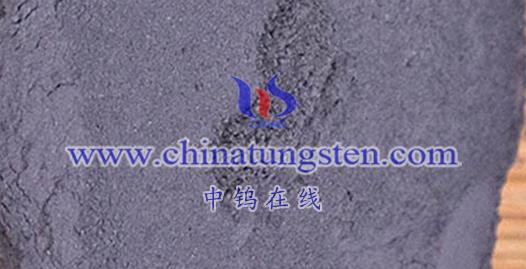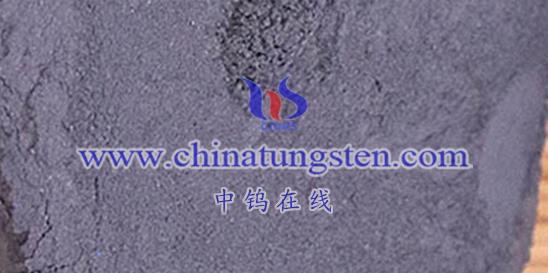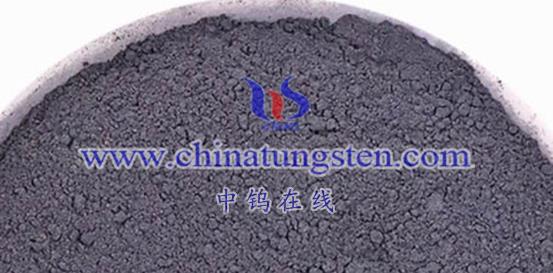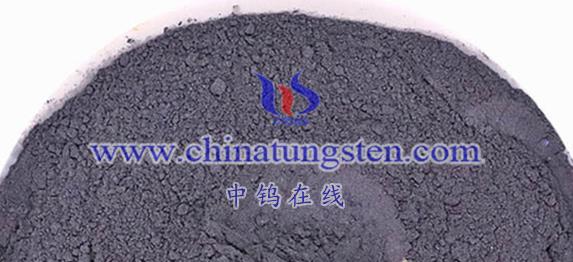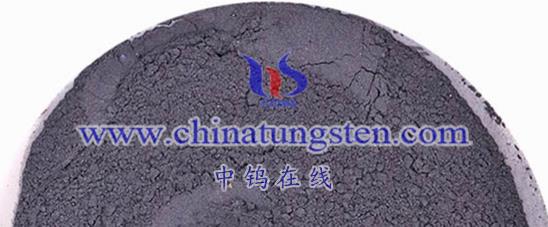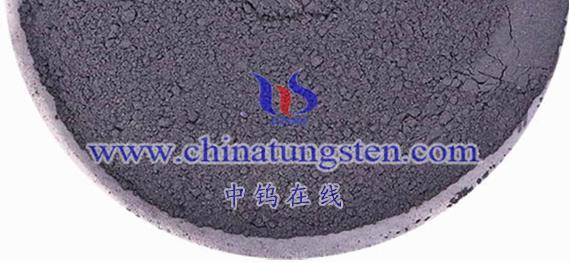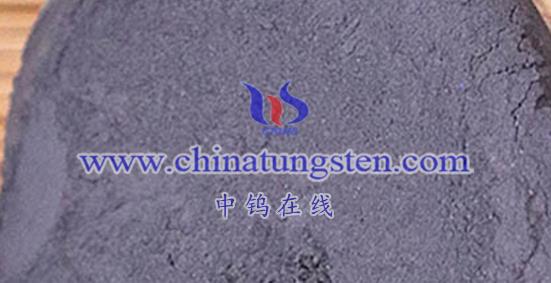
The color change principle of tungsten oxide electrochromic thin films primarily relies on the redox reactions occurring under the influence of an external electric field. During this process, electrons and metal cations are simultaneously injected into the tungsten oxide from both sides of the film, resulting in a reversible change in color. Here’s a detailed explanation of this principle:
Overview of the Color Change Principle
The color change in tungsten oxide electrochromic thin films is due to the redox reactions of tungsten oxide (WO₃) induced by an applied electric field. This reaction alters the film’s light absorption and reflection characteristics, thus displaying different colors.
Specific Process of Color Change
- Injection of Electrons and Cations:
When an electric field is applied to the tungsten oxide electrochromic thin film, electrons and metal cations (such as H⁺, Li⁺, Na⁺, Ag⁺, etc.) are injected simultaneously from both sides of the film into the tungsten oxide. - Formation of Localized States:
Electrons are captured by tungsten atoms, forming localized states. The cations combine with tungsten oxide in this area to form deep blue tungsten bronze compounds (MxWO₃), where M represents the injected metal cation, and x indicates the number of cations injected (0 < x < 1). - Valence State Changes and Color Changes:
In MxWO₃, the valence state of tungsten atoms changes due to the injection of cations. Meanwhile, electrons transition between tungsten atoms with different valence states.
This change in valence states and electron transitions cause alterations in the film’s light absorption and reflection characteristics, leading to different colors. For example, when H⁺ is injected, forming HxWO₃, the film may change from colorless to deep blue.
Factors Influencing the Color Change
The performance of tungsten oxide electrochromic thin films, including color change speed, color variation range, and stability, is influenced by several factors, such as:
- Film Thickness: Thicker films may exhibit different electrochromic properties.
- Microstructure: The arrangement of the material at the microscopic level can impact performance.
- Preparation Process: Different methods of fabrication can yield varying qualities of thin films.
- Testing Conditions: Factors such as temperature and humidity during testing can affect results.
- Type and Concentration of Electrolyte: The nature of the electrolyte used during the process plays a crucial role in the electrochemical reactions.
Application Prospects
Due to the fast color change speed, wide color variation range, and good stability of tungsten oxide electrochromic thin films, they are widely used in smart windows, dimmable glass, display devices, and information storage. With ongoing technological advancements, the application prospects for tungsten oxide electrochromic thin films will continue to expand.
In summary, the color change principle of tungsten oxide electrochromic thin films is based on the redox reactions under an applied electric field, leading to changes in the internal structure and optical properties of the film, resulting in the display of different colors.
More details of tungsten oxide product, please visit website: tungsten-oxide.com
Please contact CHINATUNGSTEN for inquiry and order of tungsten oxide:
Email: sales@chinatungsten.com
Tel.: 86 592 5129595
